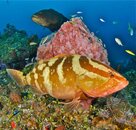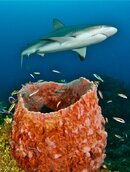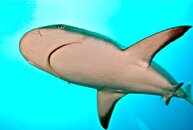Dsix36
Contributor
- Messages
- 1,657
- Reaction score
- 1,405
I began with a small point and shoot with wet-mateable lens. I had a location on the strobe arm to hold the unused lens. i like this system as I always had the right lens with me and could change my photo plans underwater according to my environment.
I made sure to keep a wet-mateable setup when I upgraded my camera system and now only use the wide angle lens on most dives and do not even carry the other lens. I make the decision prior to diving.
Also very easy to drop a lens when trying to change them (so I have been told )
)
I made sure to keep a wet-mateable setup when I upgraded my camera system and now only use the wide angle lens on most dives and do not even carry the other lens. I make the decision prior to diving.
Also very easy to drop a lens when trying to change them (so I have been told
 )
)






